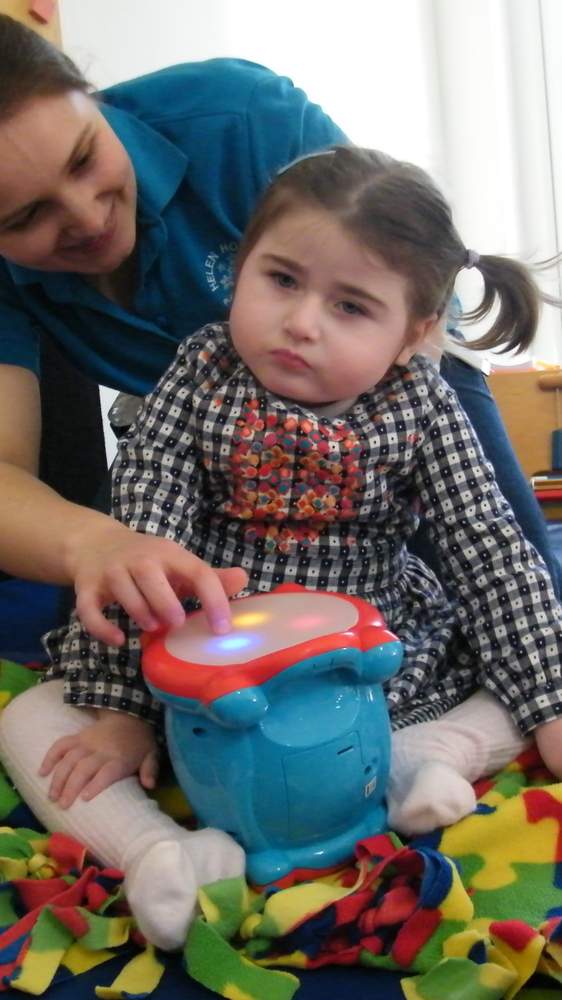“To lose a child is a tragic, unimaginable, life-changing event. However, the way the death is handled by the professionals around the family, can make an enormous difference."
NICE guidelines will help professionals
An estimated 40,000 children and young people are terminally ill in England. The quality of care they receive varies across the country.
Draft guidance from NICE (National Institute for Health and Care Excellence) outlines what the best palliative care for children looks like.
It emphasises the need for infants, children and young people to be treated as individuals and highlights the importance of children and their families being involved in decisions about care.
Dr Harrop, interim chair of the NICE guideline committee added: “This draft guideline sets out best practice for all those involved in palliative care, whether that be at home, in a hospice or in a hospital.
"I hope it will further embed the good practice in palliative care for which the UK is already renowned.”
Interim guideline chair Dr Harrop on NICE guideline benefits
“NICE has made a special effort to speak directly to young people with life-limiting illness and their families. Their voices and experience will help us all to provide the very best medical and emotional support possible.”
Views of the child and family are vital
The Parliamentary and Health Service Ombudsman published a report in May 2015, which identified poor communication as a major contributing factor to people receiving poor palliative care in England.
Poor pain management, a delay in referrals and a failure to recognise when the person was in their final days are all highlighted in the report, which calls for people to be able to die with dignity.
Mrs Zoe Picton-Howell is a lay member of the NICE guideline committee, who lost her son Adam in March 2015, when he was 15.
She said: "To me, my husband and our son Adam (when he was alive), the most helpful thing was to have healthcare professionals who took the time to listen to Adam.
“When we worked together Adam got the best care possible,but if a member of the team thought they knew best and became uninterested in what Adam wanted, his care tended to be bad."
The guidance says that clear communication is essential
All information should be tailored to children and young people. It should be age appropriate, presented in accessible language and any questions raised should be explored through art, music and play.
Therapists might be able to use drawings and pictures to understand where the child would prefer to be cared for.
Home is often assumed to be the place most children would prefer to die.
However, if the child is in pain or is experiencing problems with their breathing, they maybe more comfortable in hospital receiving medical support.
The NICE committee recommend more research be carried out into how we can select the location that best meets the needs of the child and their family.
The guidance highlights the impact of emotional stress and says that this should be managed as carefully as the child’s physical symptoms (such as pain).
Other draft recommendations include devising and routinely updating an ‘advanced care plan’ for the child or young person detailing all treatment choices; ensuring that the child or young person and their parents siblings or carers are aware of the emotional support available to them and how to best manage hydration, nutrition and distressing symptoms in the final days of life.
The consultation for this draft guidance is now open and will run until 12 August 2016. We welcome comments through the NICE website.






